Even by the standards of Autocar’s Christmas Road Test, in which we deliberately test something that is not a car, this is slightly unconventional.
Assessing the East Anglian Air Ambulance is a test of not just the rotary-massed hardware on show but also the way it is operated. It is, in effect, a test of two things that are interdependent on each other.
The first of those things is a state-of-the-art helicopter, one of the newest and most capable in the range of Airbus Helicopters (the company that was called Eurocopter until last year).
It’s an EC145 T2 helicopter but, rather than being the sole subject of this feature, it’s what an organisation called the East Anglian Air Ambulance has done with the EC145 – how it has kitted out the helicopter and operated it – that is the true subject, the true hero, of this year’s Christmas Road Test.
The East Anglian Air Ambulance – shall we just go with EAAA from now on? – operates two helicopters, one from Cambridge and one from Norwich. It’s a charity that deals in emergency response, bringing medical care to those who need it most urgently: often traffic accident victims, horse riders and those who’ve had accidents in remote areas.
One of the EAAA’s helicopters is an EC145 T2, the first such model to become operational in Britain and only the 12th EC145 to hover away from Airbus’s production line. The EAAA is about to receive its second EC145 to replace a smaller, older Eurocopter helicopter.
Our test is of its recently delivered machine. We have flown in it and interviewed its pilots – although not the tall, regal one of whom you may already have heard – and its medical staff, to fully understand what it means to operate a 365-day-a-year, 24-hour-a-day emergency service that responds to thousands of calls a year, covering an area of more than 5000 square miles and a population of nearly three million. From several hundred feet up. Here’s how they do it.





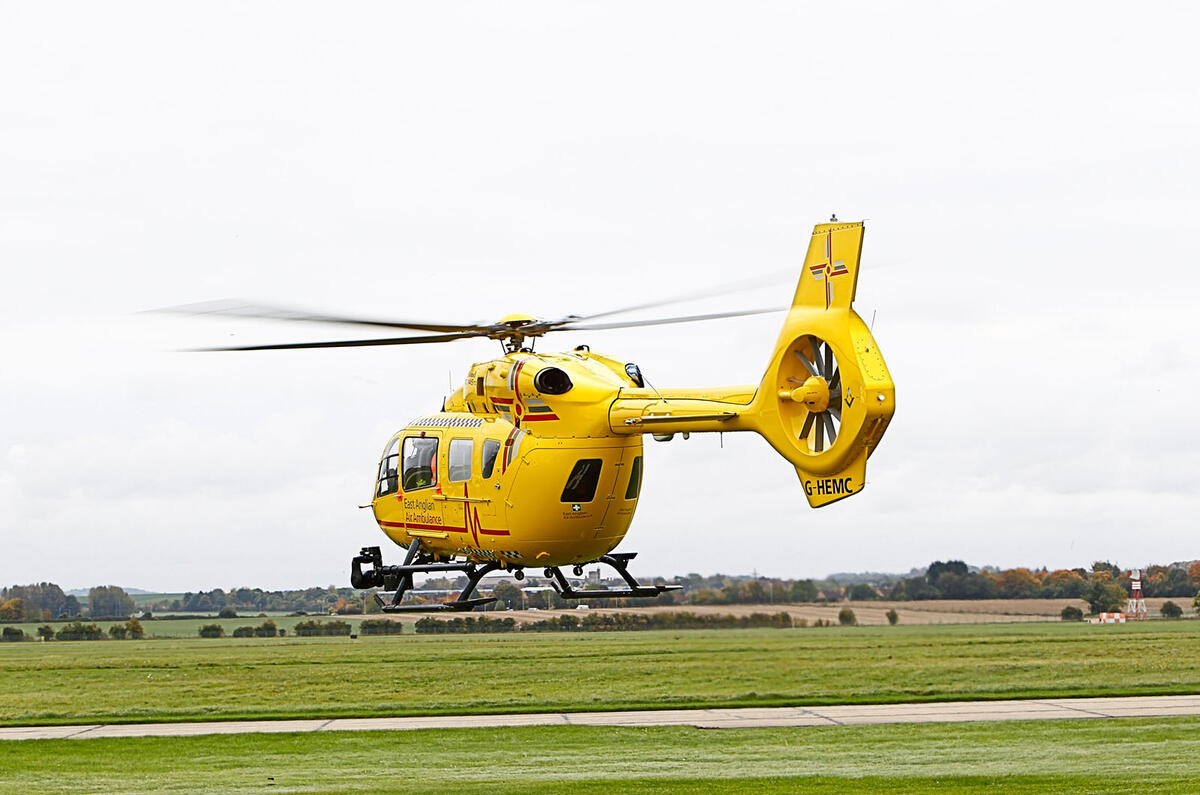
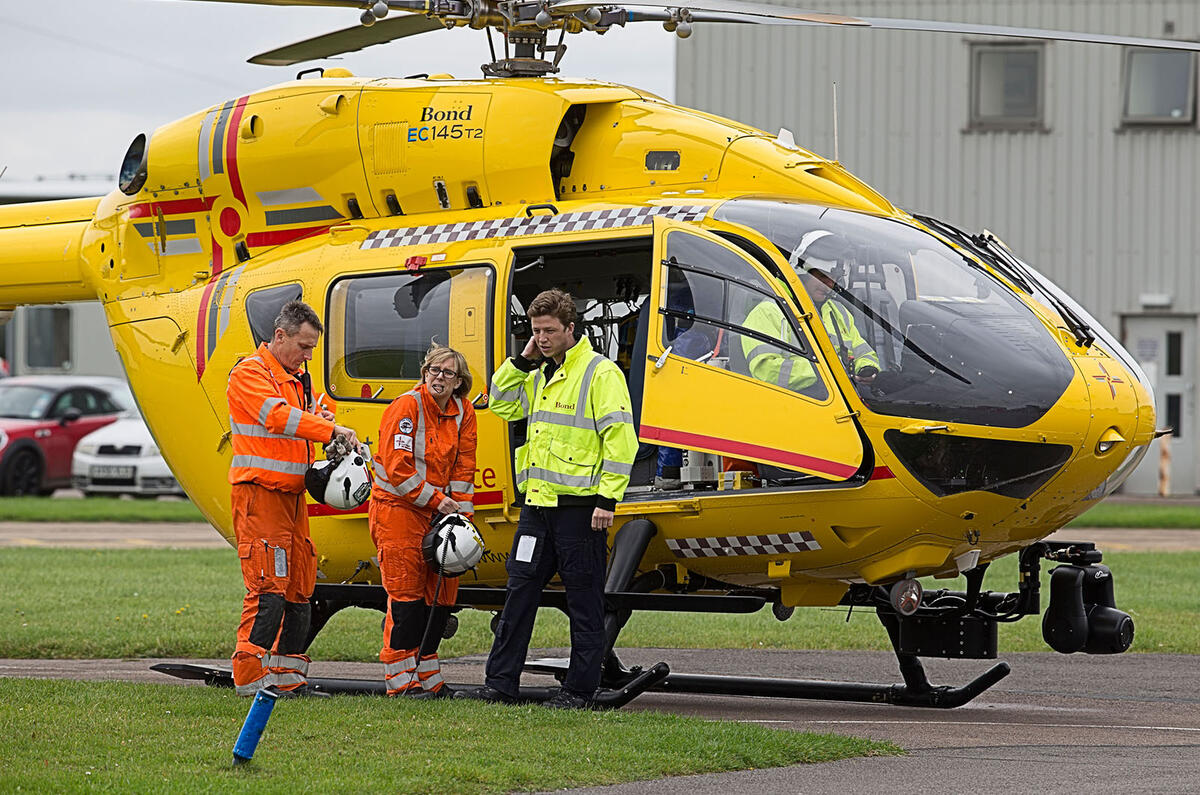











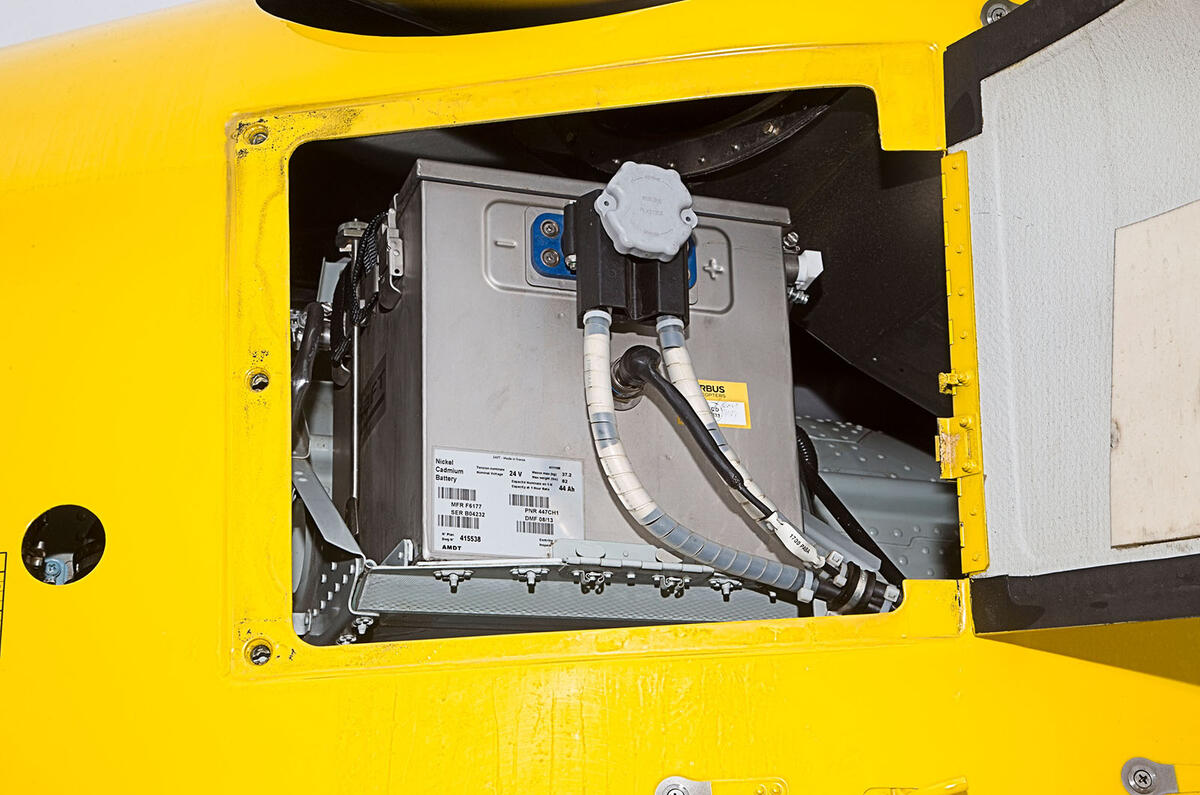











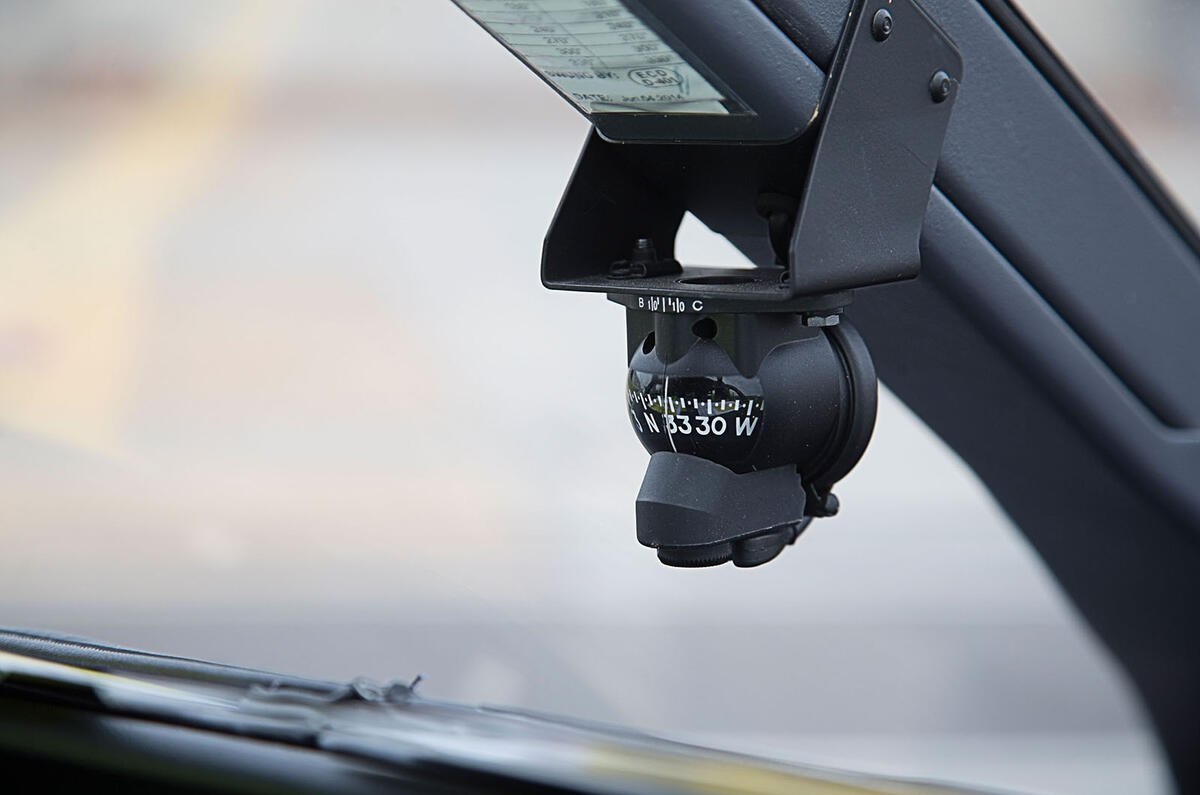


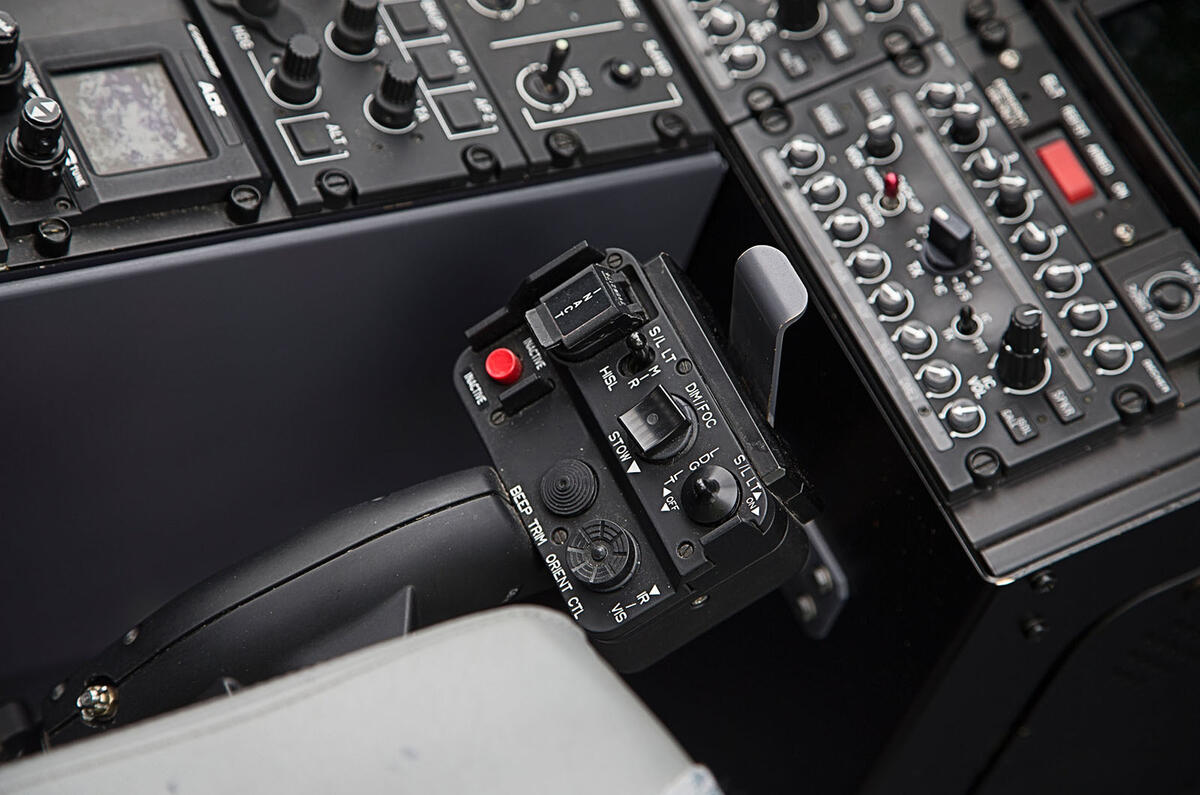




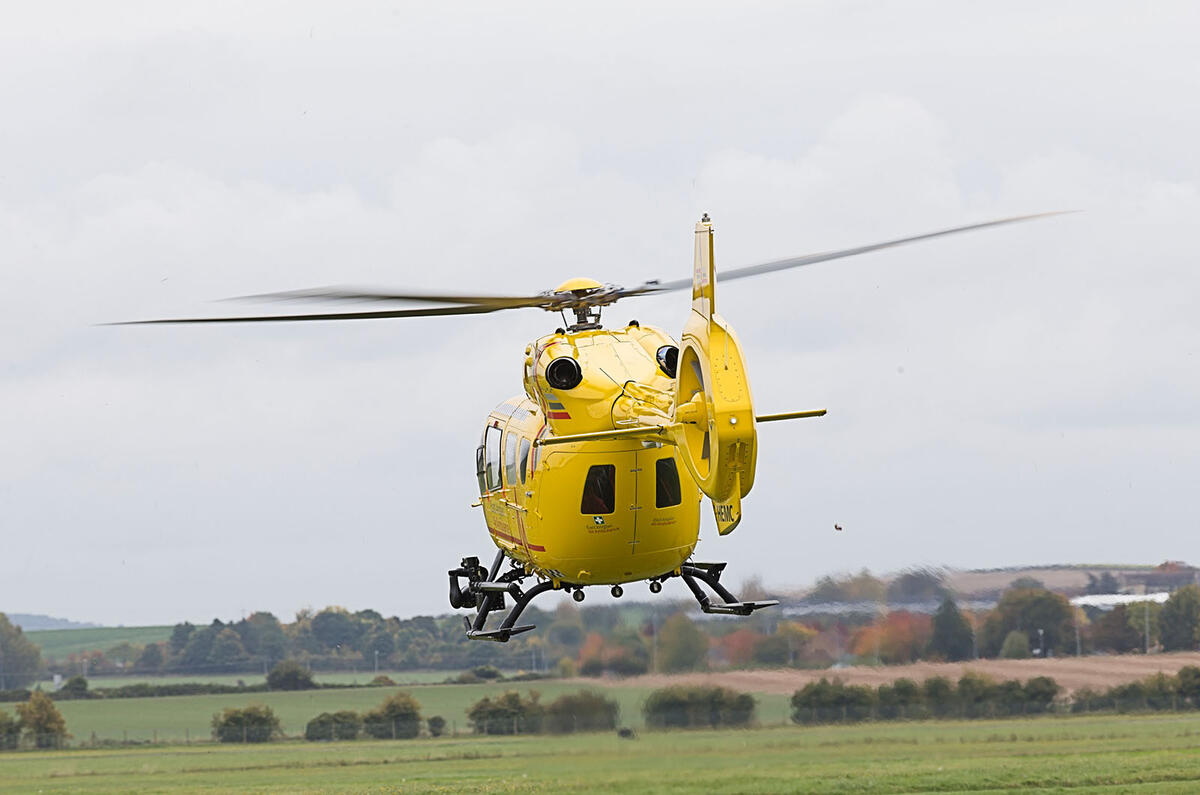
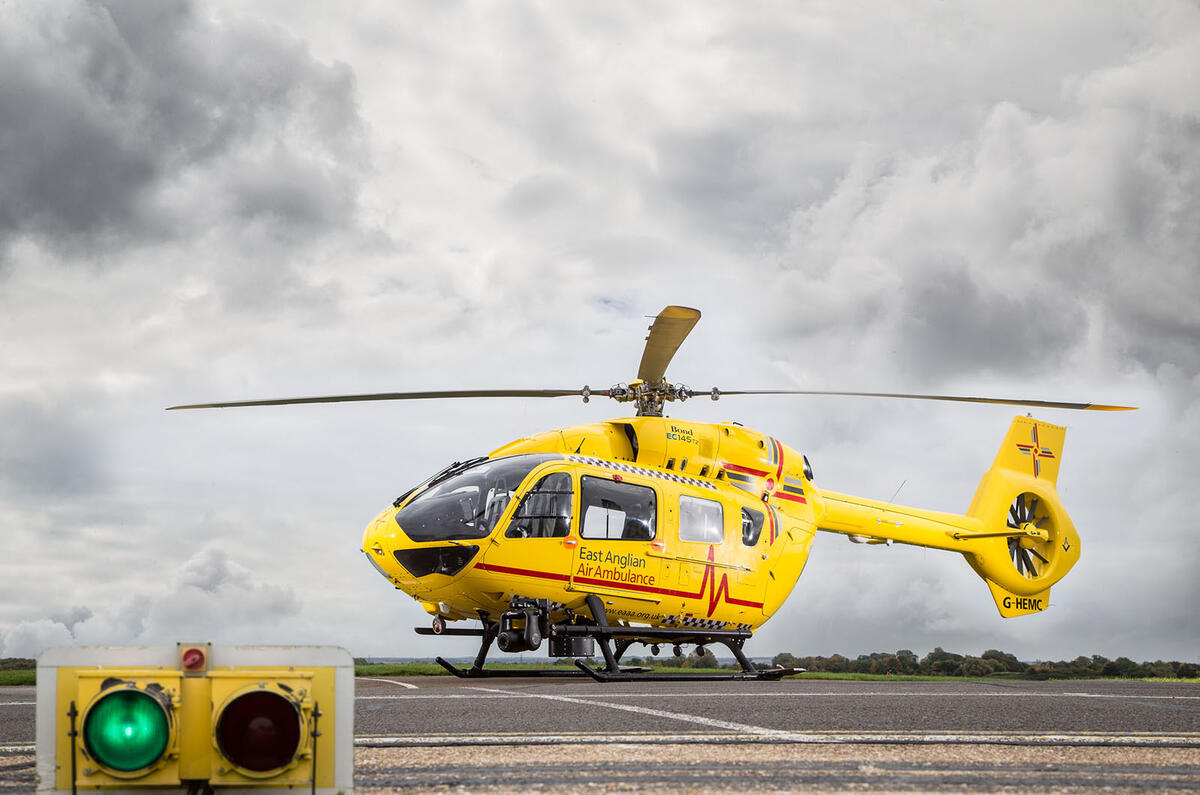






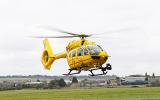









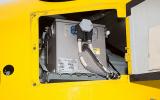





























Add your comment